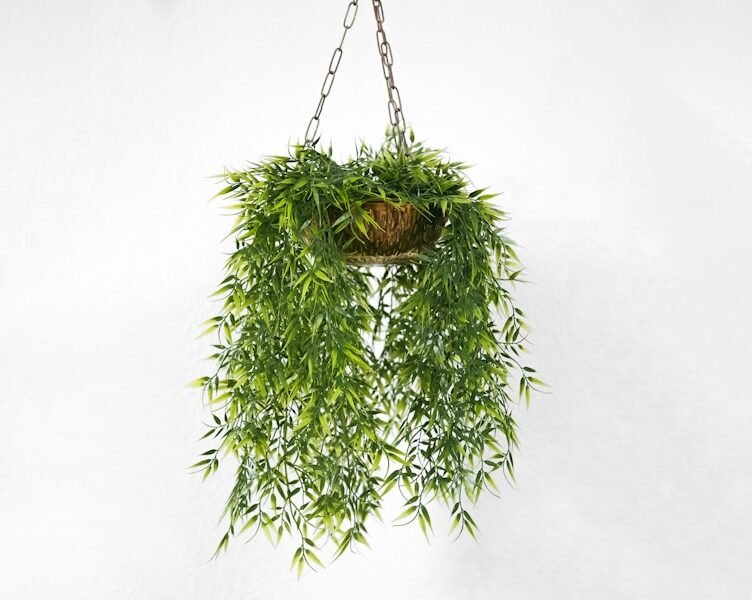Tomato plants are vulnerable to various pests that can severely impact garden productivity. The most prevalent pests affecting tomato plants are aphids, whiteflies, hornworms, and spider mites. Aphids are small, soft-bodied insects that feed on tomato plant sap, resulting in stunted growth and distorted leaves.
Whiteflies are minute, moth-like insects that suck sap from tomato leaves, leading to yellowing and wilting. Hornworms are large, green caterpillars that can rapidly defoliate tomato plants if left unchecked. Spider mites are tiny arachnids that feed on the underside of tomato leaves, causing stippling and discoloration.
To detect these pests, thoroughly examine your tomato plants for signs of infestation. Look for aphid clusters on the undersides of leaves, whiteflies flying around the plants, large green caterpillars on stems or leaves, and spider mite webbing on the underside of leaves. Early detection is crucial to prevent significant damage to your tomato plants.
Key Takeaways
- Proper identification of common tomato pests is crucial for effective pest control.
- Recognizing symptoms of tomato diseases early can help in implementing timely solutions.
- Pests and diseases can have a significant impact on the overall health and yield of tomato plants.
- Organic solutions for pest control can be effective in managing common tomato pests.
- Integrated pest management techniques and preventive measures are essential for maintaining healthy tomato plants.
Recognizing Symptoms of Tomato Diseases
Common Tomato Diseases
Some common diseases that affect tomato plants include early blight, late blight, blossom end rot, and powdery mildew.
Characteristics of Tomato Diseases
Early blight is a fungal disease that causes dark spots to form on the lower leaves of tomato plants, eventually leading to defoliation. Late blight is another fungal disease that causes dark, water-soaked lesions on the leaves and stems of tomato plants, often leading to rapid plant death. Blossom end rot is a physiological disorder caused by a calcium deficiency in the plant, resulting in dark, sunken spots on the bottom of the fruit. Powdery mildew is a fungal disease that causes a white, powdery growth on the leaves and stems of tomato plants, leading to reduced photosynthesis and stunted growth.
Identifying and Addressing Tomato Diseases
To recognize these diseases, carefully inspect your tomato plants for any signs of infection. Look for dark spots on the lower leaves, water-soaked lesions on the stems, sunken spots on the fruit, and white powdery growth on the leaves and stems. It’s important to address these diseases promptly to prevent them from spreading and causing further damage to your tomato plants.
Understanding the Impact of Pests and Diseases on Tomato Plants
Pests and diseases can have a significant impact on the health and productivity of tomato plants. Pests such as aphids, whiteflies, hornworms, and spider mites can cause damage to the leaves and stems of tomato plants, leading to reduced photosynthesis and stunted growth. Additionally, these pests can transmit viral diseases to tomato plants, further compromising their health.
Diseases such as early blight, late blight, blossom end rot, and powdery mildew can also have a detrimental effect on tomato plants, causing defoliation, reduced fruit production, and in severe cases, plant death. The impact of pests and diseases on tomato plants can be devastating if left unaddressed. It’s important to take proactive measures to prevent and manage these issues to ensure the health and productivity of your tomato plants.
Implementing Organic Solutions for Pest Control
| Problem | Possible Cause | Solution |
|---|---|---|
| Yellowing leaves | Overwatering, nutrient deficiency | Adjust watering schedule, fertilize |
| Tomato hornworms | Caterpillars feeding on leaves | Handpick, use organic insecticides |
| Early blight | Fungal infection | Remove infected leaves, apply fungicide |
| Aphids | Small insects sucking sap from leaves | Use insecticidal soap, introduce natural predators |
When it comes to controlling pests on tomato plants, there are several organic solutions that can be effective. One option is to introduce beneficial insects such as ladybugs and lacewings into your garden to prey on pest insects like aphids and whiteflies. Another option is to use insecticidal soaps or neem oil sprays to control pest populations on tomato plants.
Additionally, you can create physical barriers such as row covers to prevent pests from accessing your tomato plants. It’s important to use organic solutions for pest control to minimize the impact on beneficial insects and the environment. By implementing these methods, you can effectively manage pest populations on your tomato plants without resorting to harmful chemicals.
Preventing and Managing Common Tomato Diseases
Preventing and managing common tomato diseases is essential for maintaining the health and productivity of your tomato plants. One key strategy is to practice crop rotation by planting tomatoes in different areas of your garden each year to reduce the buildup of disease pathogens in the soil. Additionally, you can use disease-resistant tomato varieties to minimize the risk of infection.
If your tomato plants do become infected with a disease, it’s important to promptly remove and destroy any affected plant material to prevent the spread of the disease. You can also use organic fungicides such as copper sprays or potassium bicarbonate to manage disease outbreaks on your tomato plants.
Integrated Pest Management Techniques for Tomato Plants
Preventing Pest Problems
Integrated pest management (IPM) is a holistic approach to pest control that focuses on preventing pest problems before they occur. This proactive strategy aims to minimize the risk of pest infestations, reducing the need for chemical pesticides and maintaining a healthy ecosystem.
Key Components of IPM
Effective IPM for tomato plants involves a combination of techniques. Regular monitoring of pest populations is crucial to detect potential issues early on. Additionally, cultural practices such as proper watering and fertilization promote plant health, making tomato plants more resilient to pest attacks. Biological controls, like introducing beneficial insects, also play a vital role in managing pest populations.
Benefits of IPM
By implementing IPM techniques for your tomato plants, you can achieve effective pest management while minimizing the impact on beneficial insects and the environment. This approach not only protects your crops but also contributes to a more sustainable and eco-friendly gardening practice.
Tips for Maintaining Healthy Tomato Plants
In addition to implementing pest and disease management strategies, there are several tips for maintaining healthy tomato plants. It’s important to provide adequate water and nutrients to your tomato plants by watering them regularly and using a balanced fertilizer. Additionally, you can prune your tomato plants to improve air circulation and reduce the risk of disease.
It’s also important to monitor your tomato plants regularly for any signs of pest or disease infestation so that you can address issues promptly. By following these tips, you can maintain healthy and productive tomato plants in your garden. In conclusion, pests and diseases can have a significant impact on the health and productivity of tomato plants.
By identifying common pests and diseases, understanding their impact on tomato plants, implementing organic solutions for pest control, preventing and managing common diseases, using integrated pest management techniques, and following tips for maintaining healthy tomato plants, you can effectively manage these issues in your garden. With proactive measures and careful monitoring, you can ensure the health and productivity of your tomato plants for a successful growing season.
FAQs
What are some common pests that affect tomato plants?
Some common pests that affect tomato plants include aphids, whiteflies, hornworms, and spider mites.
What are some common diseases that affect tomato plants?
Some common diseases that affect tomato plants include early blight, late blight, powdery mildew, and blossom end rot.
How can I identify and treat aphids on my tomato plants?
Aphids are small, soft-bodied insects that can be green, yellow, or black in color. They can be identified by their clusters on the undersides of leaves. To treat aphids, you can spray the affected plants with a strong stream of water, apply insecticidal soap, or introduce natural predators such as ladybugs.
What is early blight and how can I manage it in my tomato plants?
Early blight is a fungal disease that causes dark, concentric rings on the leaves and stems of tomato plants. To manage early blight, you can remove and destroy affected plant parts, apply fungicides, and practice good garden sanitation.
How can I prevent tomato diseases and pests in my garden?
To prevent tomato diseases and pests, you can practice crop rotation, use disease-resistant tomato varieties, maintain good garden hygiene, and monitor your plants regularly for signs of pests and diseases.





